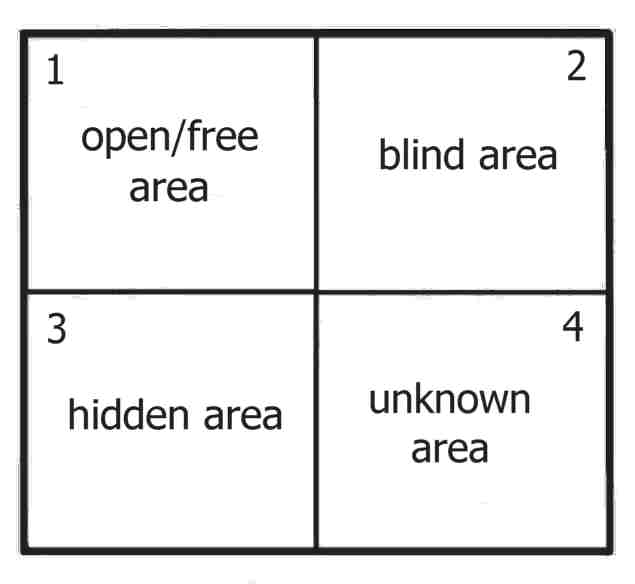It’s been an exciting Pride Month. This year marks the 50th anniversary of the stonewall riots and this Sunday, New York City will be covered in rainbow glory as it hosts the largest pride celebration in the world.
Pride Month is about a lot of things…freedom, tolerance, understanding and love. It’s also about authenticity and acceptance. Whatever your beliefs may be, I think you’d be hard pressed to find anyone who would argue that one’s inner need to be authentic and be accepted for who they are isn’t worth fighting for. It’s important to take pride in yourself and to feel safe enough to do so.
A hot topic these days in the workplace is bringing your whole self to work. Authenticity is also being touted as a large part of workplace success. In fact, it’s been documented that if you’re not able to be your authentic self at work, you’re less productive and innovative. Thankfully, in the last 20 years, workplaces have certainly become more tolerant and open. Being authentic at work is easier today than any other time in history and it’s thanks in large part to the LGBTQ community. We’re all beneficiaries of their fight for acceptance and equal rights. Especially in the workplace.
As this month comes to a close, ask yourself if you take pride in your ‘work self.’ Are you bringing your authentic self to work? If not, what would need to change for you to be comfortable enough to do so? If you’re an employer, are you creating an environment of acceptance and openness? Where can you improve?
We’re all in this together.
Whether you’re new to an organization or have tenure, try this cognitive exercise using a model called a Johari Window to better understand your relationships, both with yourself and others. What parts of your personality and character are you actively showing or actively hiding from your colleagues?
In the exercise, a subject selects adjectives from a defined list that they feel describe their own personality. Their peers then select the same number of adjectives that they would use to describe the subject.
The adjectives are then applied to the grid below using the following logic:

Area 1:
Adjectives selected by both the subject and their peers are placed here. This part of the window represents what is known to you and to others about yourself.
Area 2:
Adjectives only selected by peers go here. This part of the window represents what is unknown to you about yourself but known by others.
Area 3:
Adjectives only selected by the subject are added in this quadrant. This part of the window represents what is known to you but hidden from others.
Area 4:
The remaining adjectives that were not selected by either party are placed here. This part of the window represents the area that is unknown to you as well as to others about yourself.
The four quadrants aren’t meant to be static but instead, shift in size depending on who you’re relating too. In an ideal situation, the open and free area would represent the largest part of the window. This would mean that you are really your most authentic self and that others know you as you are!
While it may be unrealistic to be so open with everyone all the time, the Johari Window exercise is great to use when you’re struggling to be understood. The way to go about expanding your open area is by asking and telling. Asking for feedback from others helps you shrink your blind area, while telling others about yourself helps shrink the hidden area. As those two areas grow through shared discovery, the unknown area should shrink as well, bringing you closer to your authentic self.
Take pride in who you are at work and elsewhere, this month and every month!









